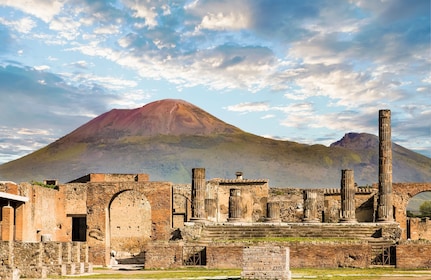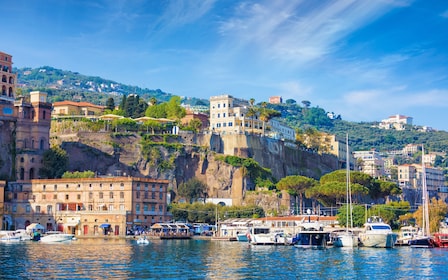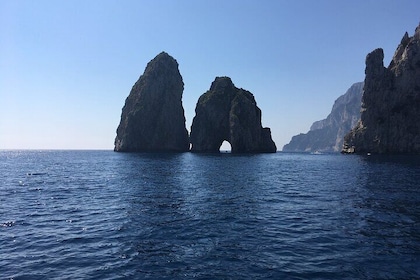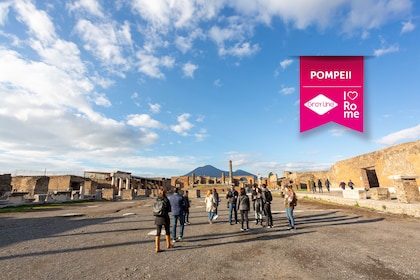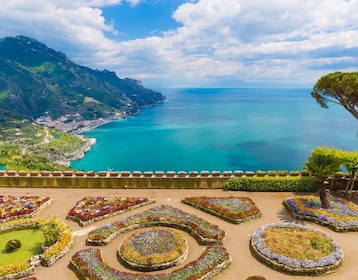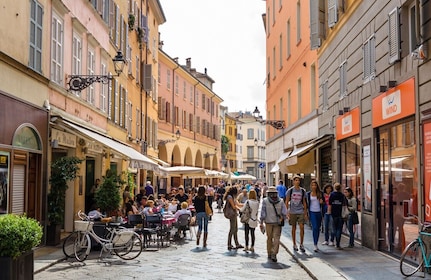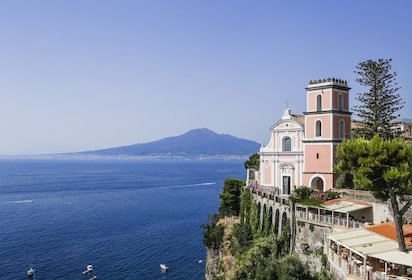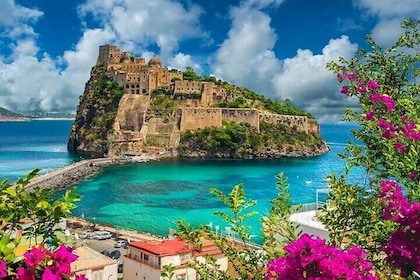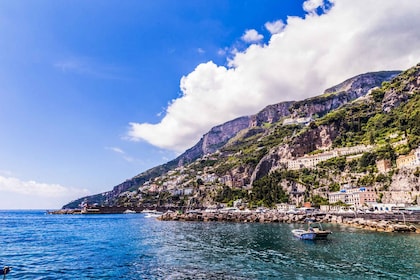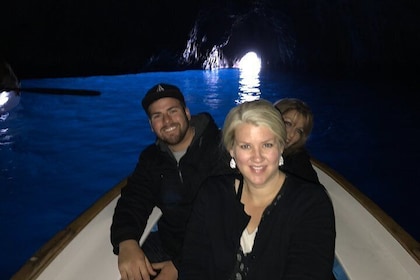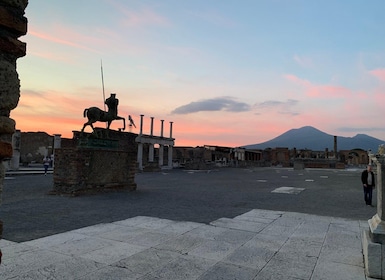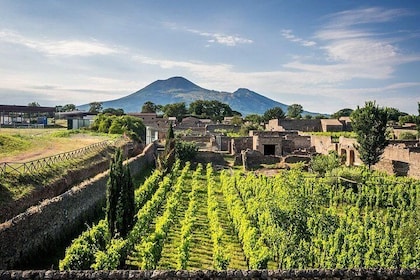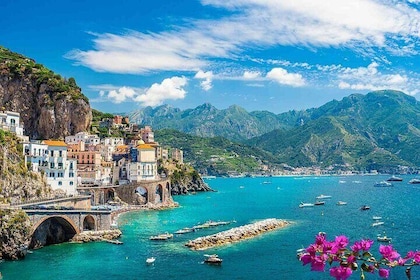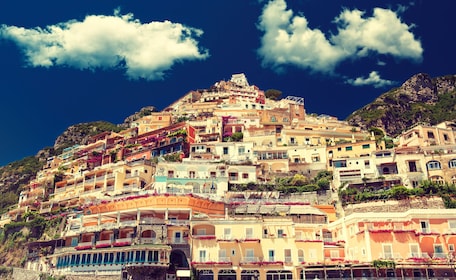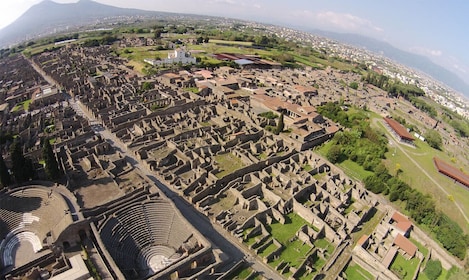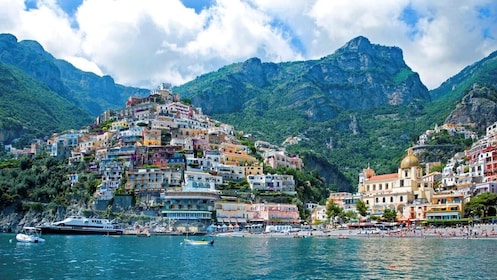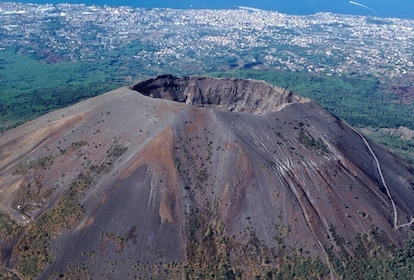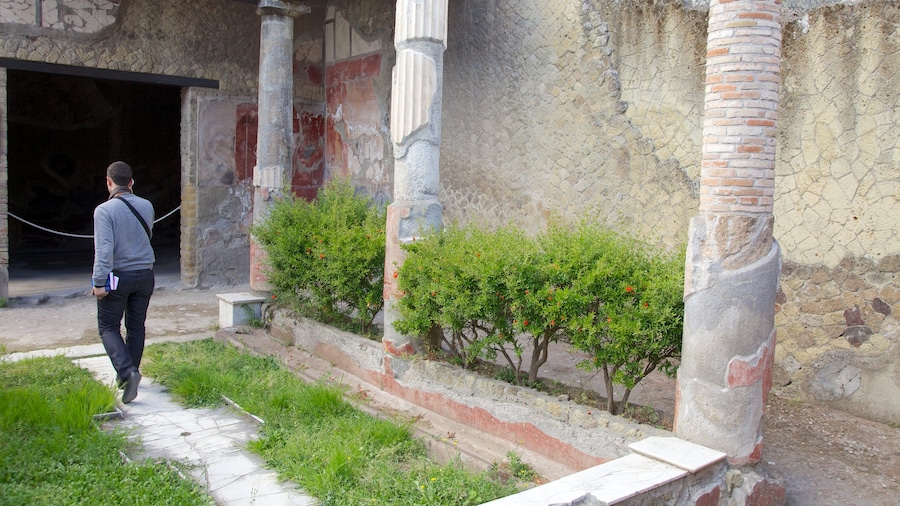Mount Vesuvius is a 4,000-foot (1,200-meter) high volcano six miles (nine kilometers) east of Naples. In ad 79, the volcano erupted, burying the town of Pompeii and killing thousands of people. Today, the area around the volcano is a national park. Explore the summit crater of Vesuvius and walk the cobblestoned streets of the lost city of Pompeii.
Climb to the summit of Vesuvius for an unbeatable view over Naples and the surrounding area. The walk up the mountain takes about 30 minutes and can be challenging, particularly in summer. The crater stretches 1,600 feet (500 meters) across and is 1,000 feet (300 meters) deep. Volcanic rock and patches of grass litter the ground inside the crater. Notice the steam gently rising from the ground, an indication of the heat below. The view out across the Italian coast makes for great photos.
The city of Pompeii sits five miles (eight kilometers) from Mount Vesuvius. The city was buried under 20 feet (6 meters) of ash after the ad 79 eruption. Thousands of people died, and the city was lost for 1,500 years. Today, the preserved area is a World Heritage Listed site and one of Italy’s most popular tourist attractions. Plaques and information boards explain the story of the eruption. See skeletons of people and animals as well as household items that were preserved by the heat and ash.
Mount Vesuvius is easily accessible from Naples. Driving takes about 40 minutes. The roads around Vesuvius can be narrow, winding and poorly signed, so use caution. There is a paid parking lot at the base of the mountain. Buses leave regularly from Piazza Piedigrotta and Piazza di Garibaldi in Naples. There are no restaurants on the mountain, but there are snack bars selling drinks.





